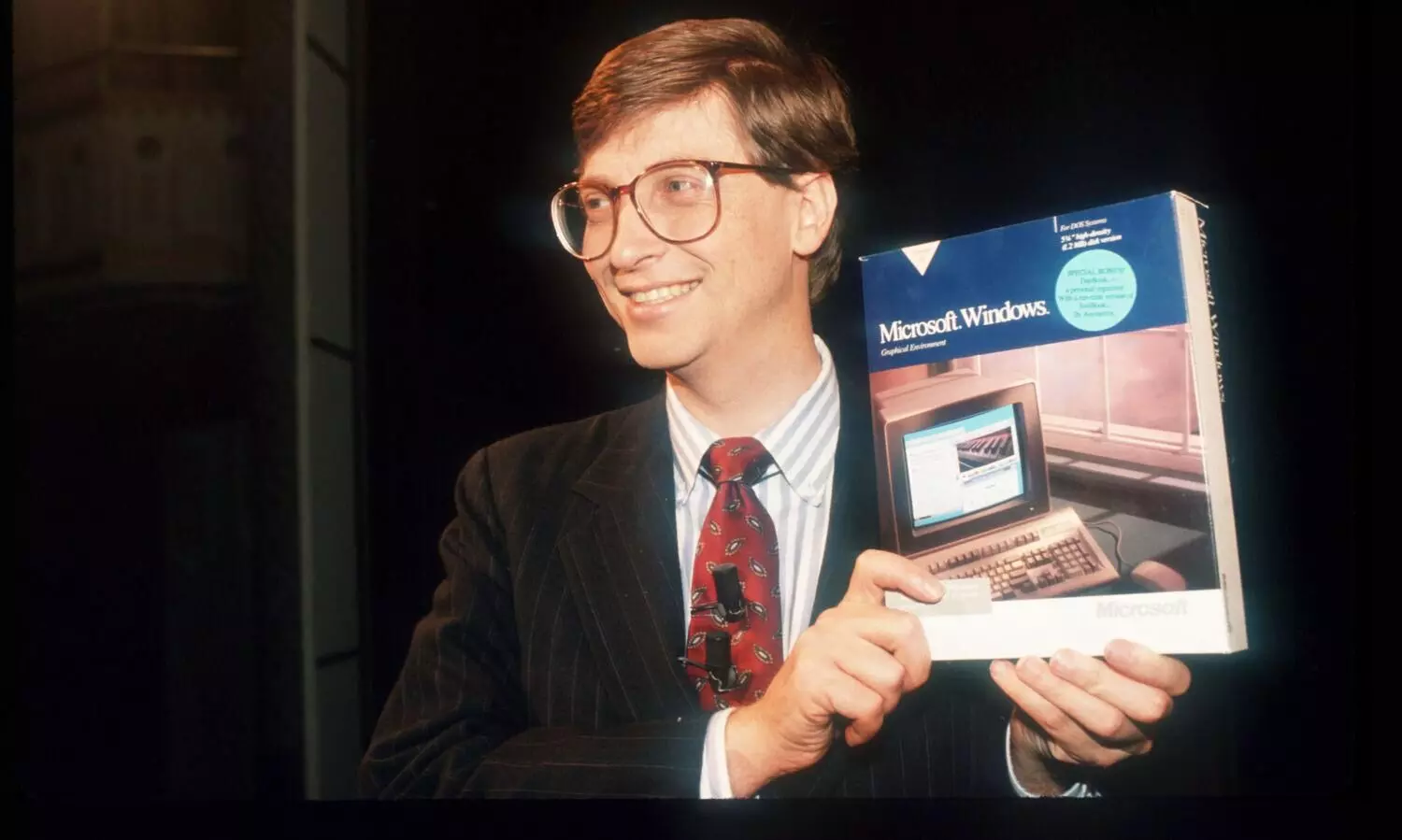
Microsoft Windows turn 35
text_fieldsOn 20 November 1985 Microsoft released Windows 10; the operating system was originally named Interface Manager. The OS was a successor to MS-DOS and was Microsoft's first true attempt at a graphical user interface in 16-bit.
Windows 1.0 introduced features like scroll bars, drop-down menus, icons, dialogue boxes, and apps like Notepad and MS paint. The OS introduced the use of the mouse, replacing the commands used in MS-DOS. The OS also came with features like desktop features like MS-DOS Executive file manager, Terminal, Calendar, and Clock. The Windows 1.0 needed two floppy disks, 256 kilobytes of memory, and a graphic card. The package was priced at $99 in 1985.
Soon after its release, in 1987, Windows 2.0 was released; it introduced features like Microsoft's Word and Excel. In December 2001, Microsoft stopped providing support and updates for Windows 1.0, thus making it "obsolete".
Since its arrival, Windows has never looked back, it released operating systems like the Windows 95 and the XP, which were a "hit", and some infamous versions included Vista, Windows ME and Windows 8.
In 2015, Microsoft released the Windows 10, which according to Microsoft is being used by more than one billion people worldwide. Microsoft says that "One in every seven people on the planet are planning, creating, ideating, executing, moving, shaking and doing great things with Windows 10".
The tech giant, owned by Bill Gates is one of the world's largest and most successful technology companies. In the financial year 2020, the company's revenue has reached a record high of over 143 billion U.S. dollars. According to Statista, the market share of Windows (in leading operating systems) across all platforms is 72.98 per cent, Apple's MacOS, which is its strongest competitor stands at 16.62 per cent.

















